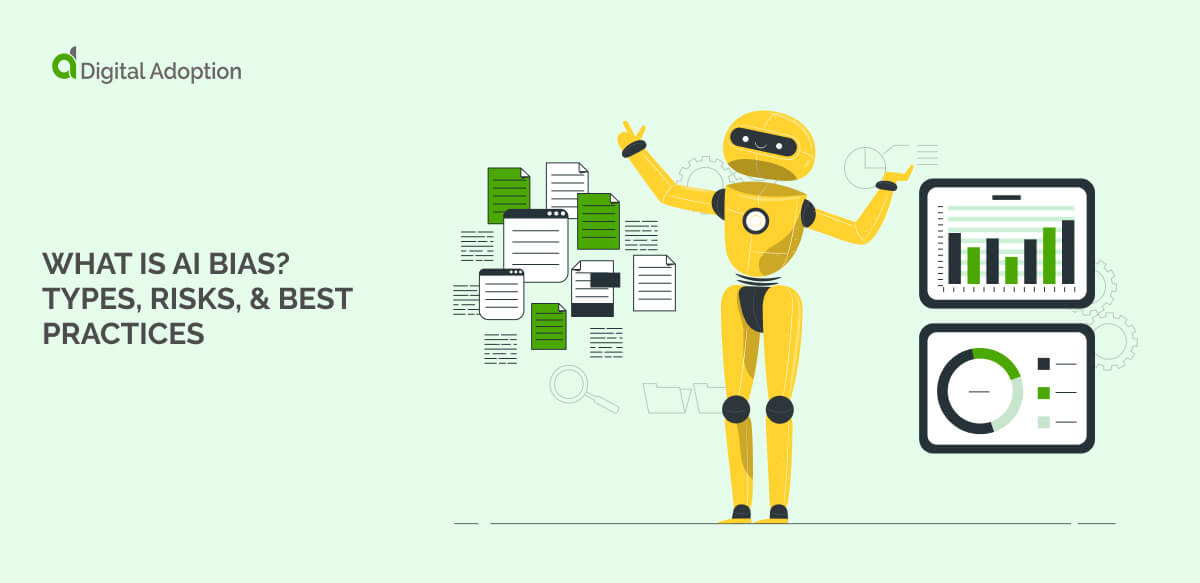Scalability use cases
Scalability is pivotal for nonprofit organizations, enabling them to enhance their operational effectiveness and expand their impact. Here are three innovative examples showcasing how scalability can transform nonprofit program delivery:
Blockchain-enabled transparency
Scenario: A nonprofit adopts blockchain technology to enhance transparency and scalability in donation tracking and fund distribution.
Method: Smart contracts ensure that donations are securely recorded and allocated directly to designated programs or beneficiaries, reducing administrative overhead. Blockchain’s decentralized ledger provides real-time visibility into fund utilization, fostering trust among donors and accountability in resource management.
Outcome: By leveraging blockchain, the nonprofit enhances donor trust and participation. Streamlined financial processes and reduced transaction costs enable greater global scalability in managing and scaling humanitarian aid and development projects. This approach strengthens transparency and facilitates rapid response to crises and sustainable growth in impact delivery.
Gamification for community engagement
Scenario: The nonprofit integrates gamification elements into its program delivery to enhance community engagement and scalability.
Method: Through interactive platforms and reward systems, participants are incentivized to contribute time, resources, or knowledge to collective impact initiatives. Gamified experiences encourage ongoing participation and foster a sense of community ownership in addressing local challenges. The nonprofit leverages data analytics from gamification metrics to refine engagement strategies and scale effective community-driven solutions.
Outcome: By gamifying program delivery, the nonprofit enhances volunteer retention and expands its participant base. Scalable community-driven solutions emerge, leveraging collective efforts to achieve measurable social impact. This approach strengthens community bonds and builds resilience and responsiveness in adapting to evolving community needs.
AI-powered Personalized Support
Scenario: Leveraging artificial intelligence (AI), the nonprofit develops personalized support tools for program beneficiaries.
Method: AI algorithms analyze individual needs and preferences, delivering tailored recommendations and interventions at scale. The nonprofit integrates AI-powered chatbots or virtual assistants to provide 24/7 support, enhancing accessibility and responsiveness in service delivery. Data-driven insights from AI analytics inform continuous improvement of support strategies and scalability in reaching diverse beneficiary populations.
Outcome: AI-powered personalized support enhances program outcomes by addressing specific needs. Increased efficiency in service delivery optimizes resource allocation and scalability in expanding outreach. The nonprofit achieves a scalable impact by addressing complex social challenges, ensuring each beneficiary receives targeted assistance to thrive and succeed.




